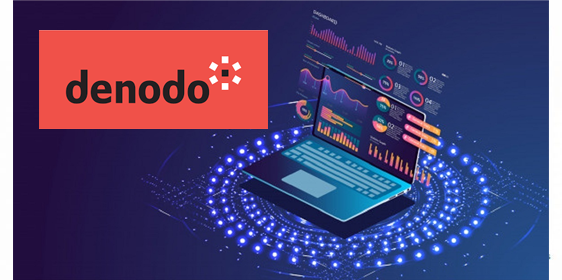Description
Introduction
The SnowPro® Advanced Data Scientist Training is designed for professionals who want to leverage Snowflake’s advanced analytics and machine learning (ML) capabilities for building scalable AI-driven solutions. This course covers Snowpark, Python-based ML models, feature engineering, and real-time predictive analytics using Snowflake’s native ML functions and integrations with external ML frameworks. Participants will gain hands-on experience in data preparation, model training, deployment, and optimization within Snowflake’s cloud ecosystem.
Prerequisites of SnowPro®
- SnowPro Core Certification (recommended but not mandatory)
- Strong understanding of SQL, Python, and data science concepts
- Familiarity with machine learning frameworks (Scikit-learn, TensorFlow, PyTorch)
- Experience with data engineering, ETL pipelines, and statistical modeling
Table of Contents
1. Snowflake for Data Science and ML
- 1.1 Snowflake’s Architecture for Data Science Workflows
- 1.2 Snowpark and Native ML Capabilities
- 1.3 Integration with External ML and AI Frameworks
2. Data Preparation and Feature Engineering
- 2.1 Handling Structured and Semi-Structured Data in Snowflake
- 2.2 Feature Extraction, Transformation, and Selection
- 2.3 Automating Data Cleansing and Normalization
3. Machine Learning Model Development in Snowflake
- 3.1 Implementing ML Models Using Snowpark and Python
- 3.2 Supervised vs. Unsupervised Learning in Snowflake
- 3.3 Hyperparameter Tuning and Model Selection
4. Model Deployment and Inference
- 4.1 Deploying ML Models Directly in Snowflake(Ref: SnowPro® Advanced Data Scientist Recertification Exam Certification Training)
- 4.2 Real-Time Predictions and Batch Inference Pipelines
- 4.3 Using UDFs for ML Model Serving and Scalability
5. Advanced Predictive Analytics
- 5.1 Time-Series Forecasting with Snowflake ML Functions
- 5.2 Anomaly Detection and Outlier Analysis
- 5.3 Customer Segmentation and Recommendation Systems
6. AI-Driven Data Pipelines and Automation
- 6.1 Automating Model Training with Snowflake Tasks and Streams
- 6.2 CI/CD Pipelines for ML Model Updates
- 6.3 Using Snowflake’s REST API for ML Workflow Orchestration
7. Deep Learning and NLP with Snowflake
- 7.1 Implementing Neural Networks and Deep Learning Models
- 7.2 Natural Language Processing (NLP) and Text Analytics in Snowflake
- 7.3 Sentiment Analysis and Chatbot AI Use Cases
8. Data Science at Scale: Performance Optimization
- 8.1 Optimizing Query Performance for ML Workloads
- 8.2 Managing Compute Costs in Large-Scale ML Projects
- 8.3 Scaling ML Models with Snowflake’s Multi-Cluster Warehouses
9. Security, Compliance, and Ethical AI
- 9.1 Data Privacy and Secure ML Model Deployments
- 9.2 Role-Based Access Control (RBAC) for ML Pipelines
- 9.3 Ethical AI and Bias Mitigation in Snowflake ML Models
10. Case Studies and Real-World Applications
- 10.1 Enterprise ML Use Cases with Snowflake
- 10.2 Troubleshooting Common ML Issues in Snowflake
- 10.3 Best Practices for Data Science and AI in Snowflake
Conclusion
The SnowPro® Advanced Data Scientist Training provides a comprehensive, hands-on approach to building, deploying, and optimizing machine learning models within Snowflake. By mastering Snowpark, ML model deployment, and AI-driven analytics, participants will be able to drive data science innovation, enhance decision-making, and scale AI-powered solutions in enterprise environments.







Reviews
There are no reviews yet.